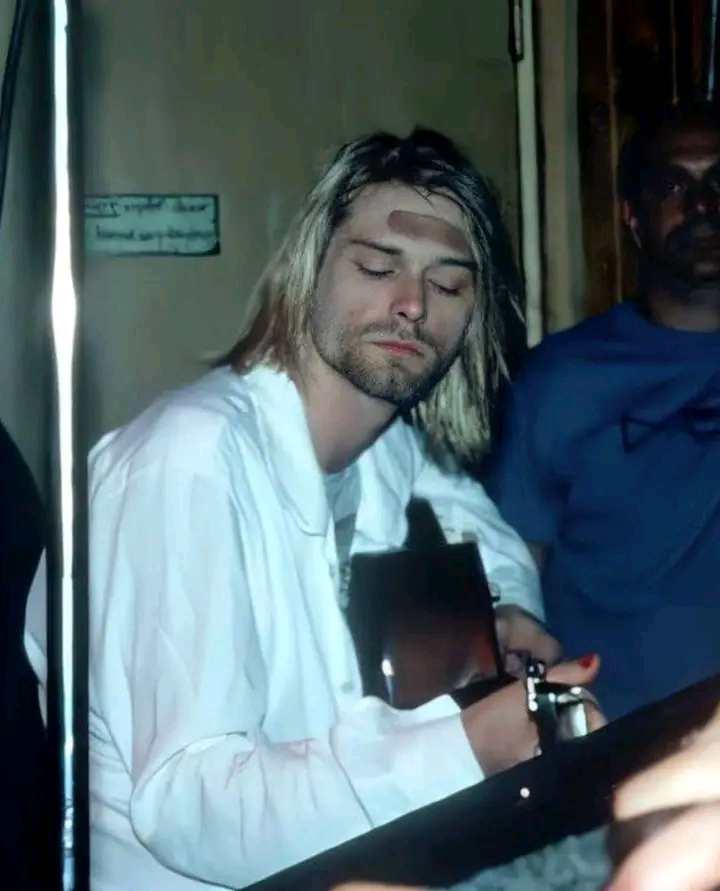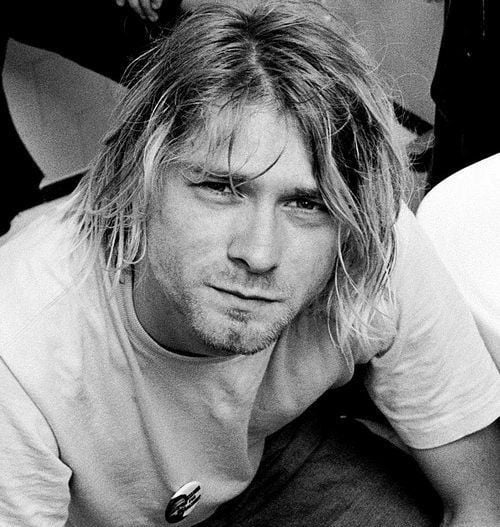The chord that Kurt Cobain trademarked for himself
Finding a signature sound is one of the hardest things to come by for any musician. There have already been thousands of artists before that have their sound nailed down to a science, so how are you supposed to differentiate yourself from the millions of other prospective superstars who are trying to figure things out on their own? Although Kurt Cobain always took a bit of a sideways look at how to structure rock songs, he got his trademark sound down to a single chord.
Indeed, no one can claim ownership over chords. If there were restrictions on using specific types of open chords or playing power chords, Pete Townshend would likely be entitled to royalties from every guitarist who adopted his formula.
Then again, there have been a few clusters of notes that are at least associated with certain artists. Steely Dan developed what they called the ‘Mu’ chord, which sounds exactly like the smooth take on jazz and fusion that they made their calling card. Jimi Hendrix even had the ‘Hendrix Chord’, involving a chord that combined major and minor tonalities half the time.
So, how did Cobain stumble upon his own unique sound? Well, to be honest, he probably didn’t even know he was doing it half the time. Compared to the other guitar stars in the grunge scene, Cobain was among the first to say he had no technique to speak of, usually just relying on his ear and playing from the heart rather than trying to put together some grand statement.
Whenever he played live, something interesting happened when he went to play a power chord. Instead of using three fingers as most guitarists would, Cobain put his entire ring finger across the fretboard instead. If you’re playing starting on the A string, that’s just a major chord, but when raised up one string, Cobain figured out the crunch behind a suspended fourth.
If we go down Music Theory Lane for a quick second, a suspension is a chord that isn’t major or minor. Since the third is being suspended by either a fourth or a second, these chords are free to hang in the air half the time, which actually fits surprisingly well with half of the songs that Cobain wrote.
From the first song most people heard, ‘Smells Like Teen Spirit’ featured ‘The Cobain Chord’ for a split second, with the suspension barely audible on the first chord. The most blatant use was on the song ‘Come As You Are’, where Cobain lets the whole thing ring out as the song screeches to a halt.
While major and minor chords are the easiest way to let the audience know they are supposed to be happy or sad, this suspended sound is actually a strange alternative move. There isn’t really any set mood to it, so the audience can…ahem…come as they are to the song without having to focus on whether it’s sad or happy.
Although Cobain would make the chord a little less pronounced on In Utero, he still found ways to put even crazier extensions on it, like utilising open strings to get the sound when playing MTV Unplugged. Even from beyond the grave, the band’s final song ‘You Know You’re Right’ still had the chord in all its glory in the second verse, with Cobain playing the suspended note for a fleeting second before going back to the crunchy guitars for the chorus.
Even though many artists tended to go the same road Cobain did stylistically, no one ever seemed to crack what he was doing whenever he played those chords. There may have been millions of artists that popped up after 1994 and tried their best to branch out, but if they ever tried to play a suspended fourth, they were always going to sound like Nirvana.
Most artists would think leaving a chord like that in the final mix was either a mistake or a cue to get a new guitar player, but what Cobain did with his shortcomings as a guitarist actually brought far greater musicality to the song. ‘The Cobain Chord’ isn’t something that most people would pick up on first listen, but that strange sound tends to be something your brain notices before you do.





